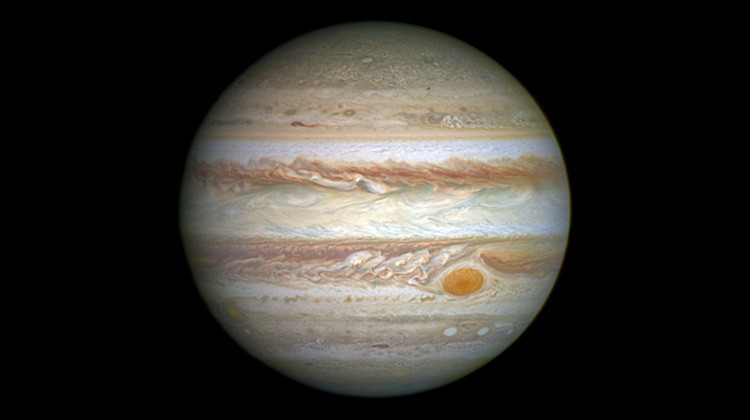Owl Cluster
Update: 2020-09-04
Description
Hiding in the constellation Cassiopeia… is a star cluster that goes by many names. Its most official name is NGC 457 for its place in Danish astronomer John Lewis Emil Dreyer’s New General Catalogue, a list of over 7,000 deep sky objects compiled in the late 19th century. But most people know it… as the Owl Cluster.
The Owl Cluster is an open star cluster, which is a group of stars that all formed around the same time in the same place, and are still bound together, though loosely, by their own collective gravity. The stars in the Owl Cluster are fairly young--all around 21 million years old. The ice caps on Antarctica have been around longer than these stars.
As you can probably guess from the name, the Owl Cluster resembles… an owl--when oriented a certain way. And you can see the Owl Cluster with almost any telescope… even cheap toy telescopes. Here’s how to find it. First, find Cassiopeia. Five bright stars that make a kind of funny sideways “W” in the north northeastern evening sky. Find the second star from the bottom, then look just above it with a telescope and slowly scan to the right. When you see a rich cluster of stars and those two unmistakable eyes… you’ve found it.
And when you see it, you’ll be looking at a cluster of stars more than 7,000 light years away… which means the light you’re seeing left those stars about a thousand years before the dawn of civilization.
The Owl Cluster is an open star cluster, which is a group of stars that all formed around the same time in the same place, and are still bound together, though loosely, by their own collective gravity. The stars in the Owl Cluster are fairly young--all around 21 million years old. The ice caps on Antarctica have been around longer than these stars.
As you can probably guess from the name, the Owl Cluster resembles… an owl--when oriented a certain way. And you can see the Owl Cluster with almost any telescope… even cheap toy telescopes. Here’s how to find it. First, find Cassiopeia. Five bright stars that make a kind of funny sideways “W” in the north northeastern evening sky. Find the second star from the bottom, then look just above it with a telescope and slowly scan to the right. When you see a rich cluster of stars and those two unmistakable eyes… you’ve found it.
And when you see it, you’ll be looking at a cluster of stars more than 7,000 light years away… which means the light you’re seeing left those stars about a thousand years before the dawn of civilization.
Comments
Top Podcasts
The Best New Comedy Podcast Right Now – June 2024The Best News Podcast Right Now – June 2024The Best New Business Podcast Right Now – June 2024The Best New Sports Podcast Right Now – June 2024The Best New True Crime Podcast Right Now – June 2024The Best New Joe Rogan Experience Podcast Right Now – June 20The Best New Dan Bongino Show Podcast Right Now – June 20The Best New Mark Levin Podcast – June 2024
In Channel














